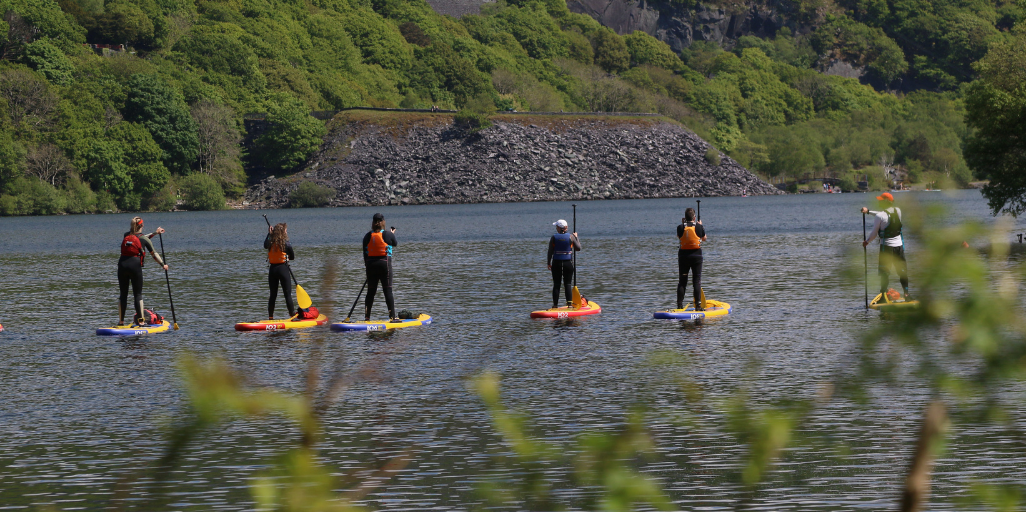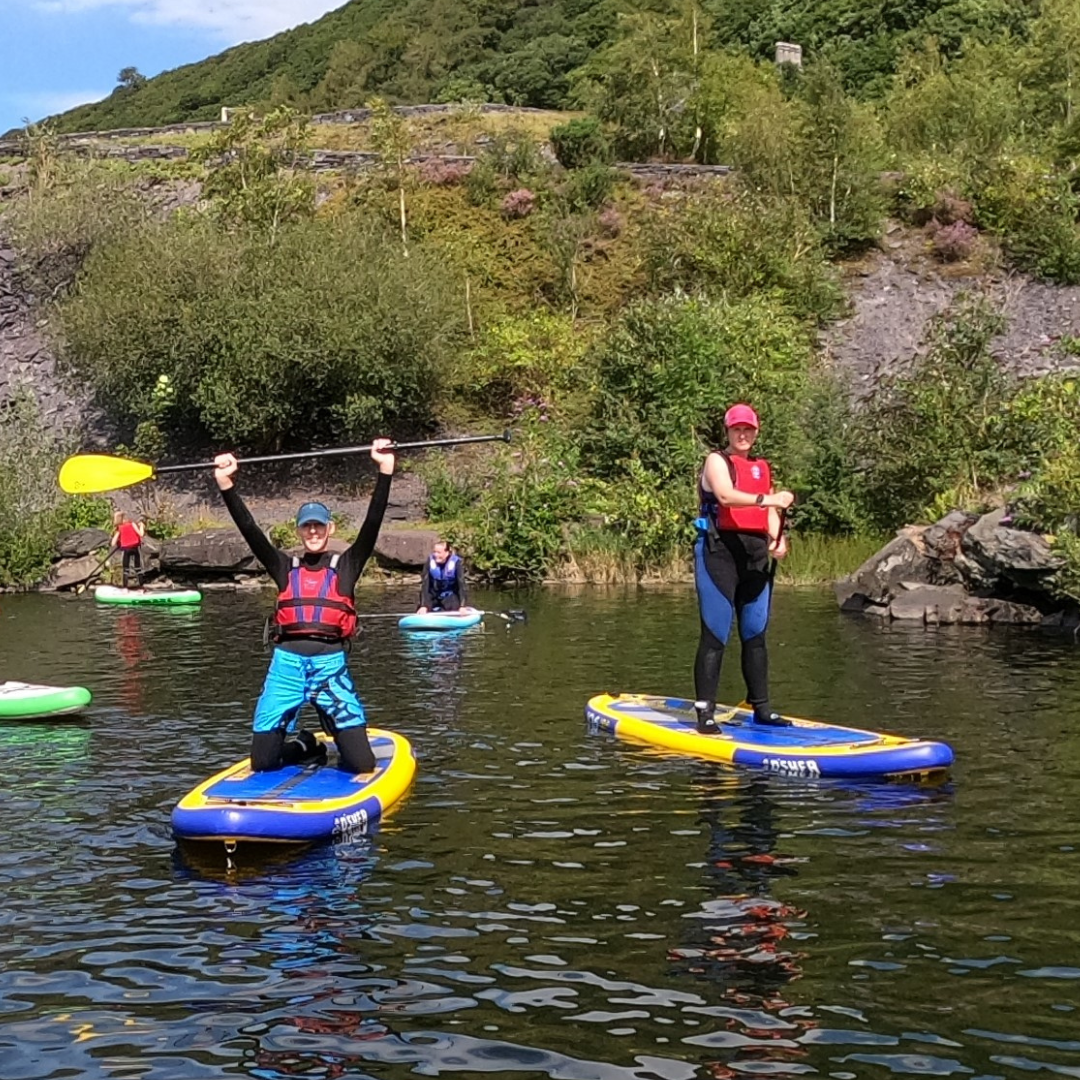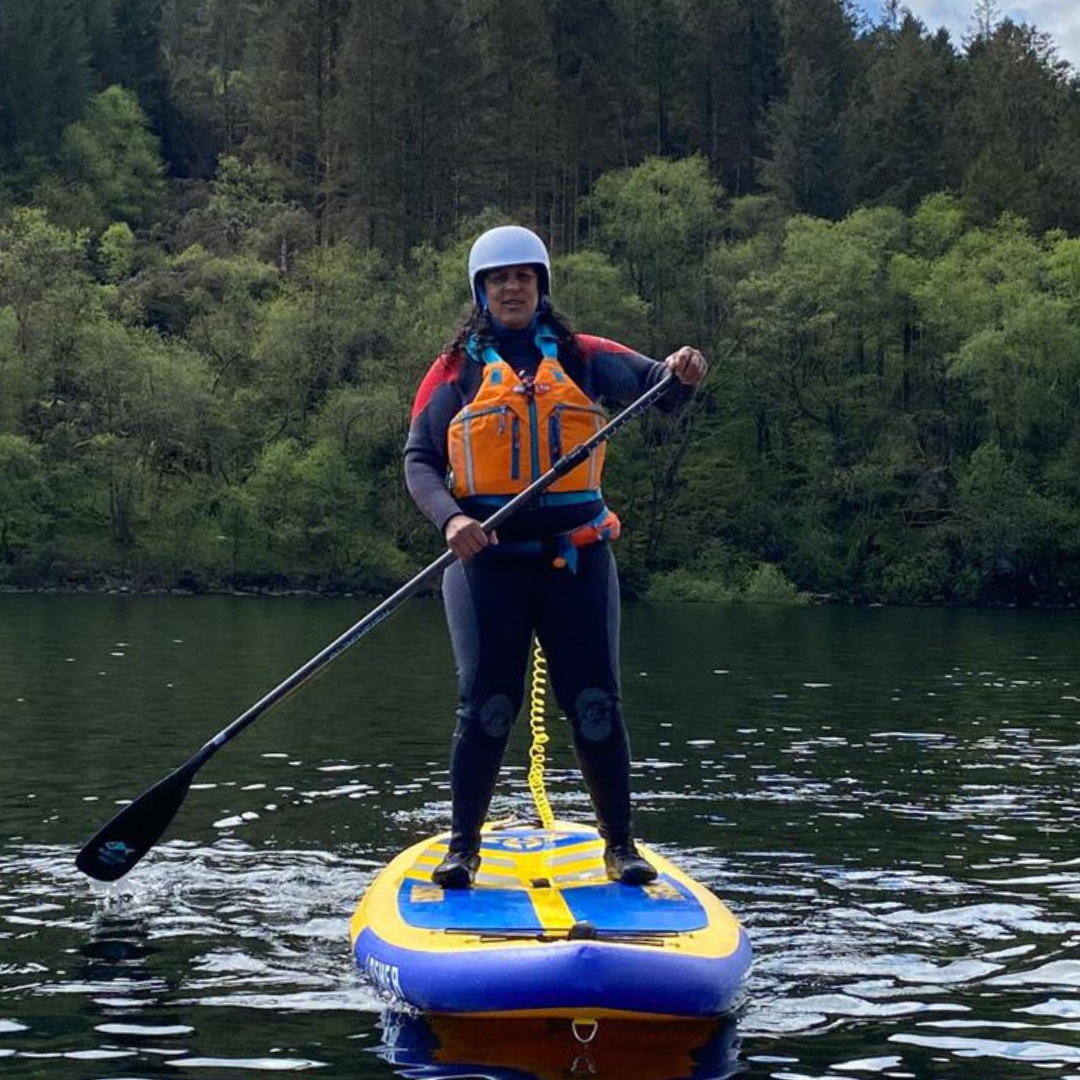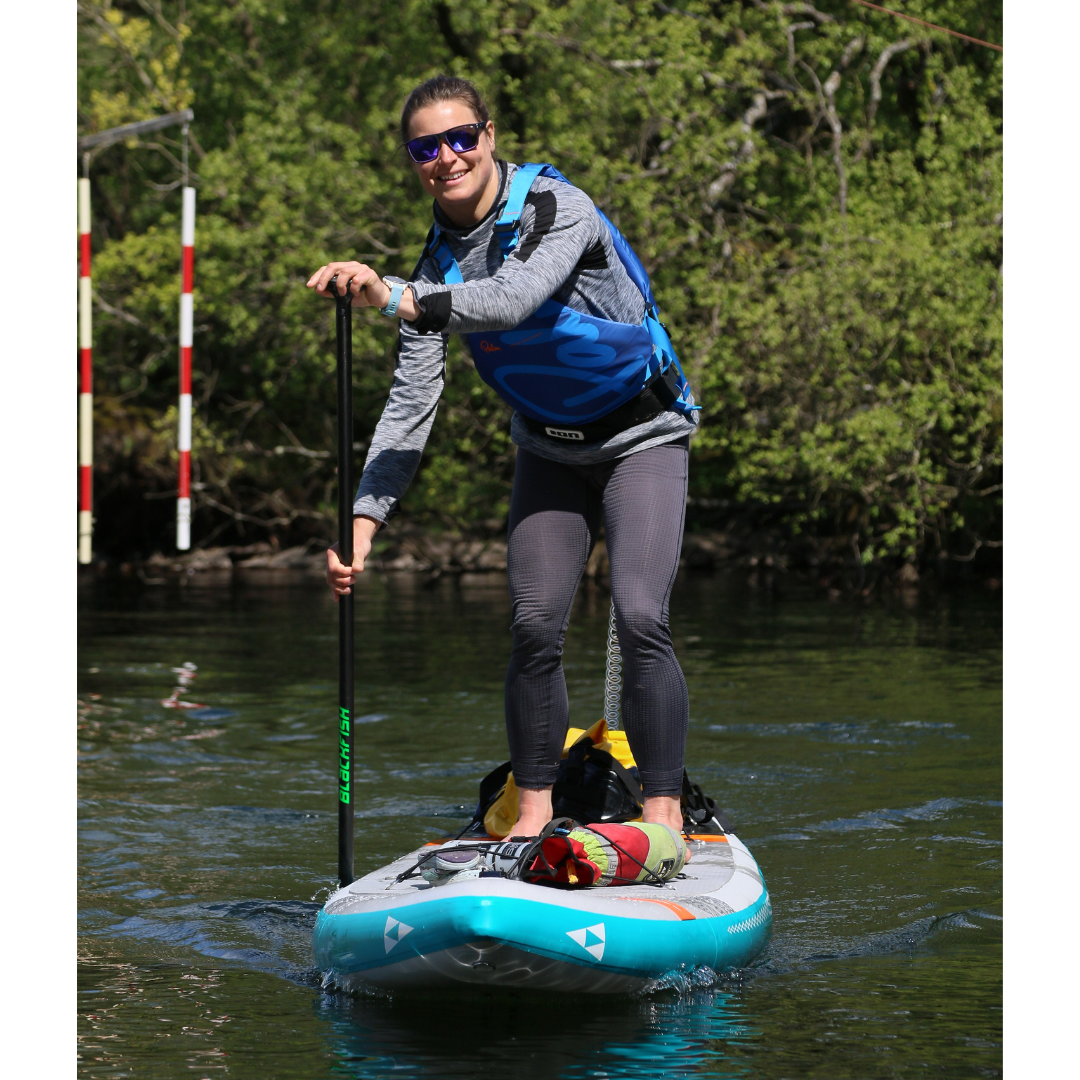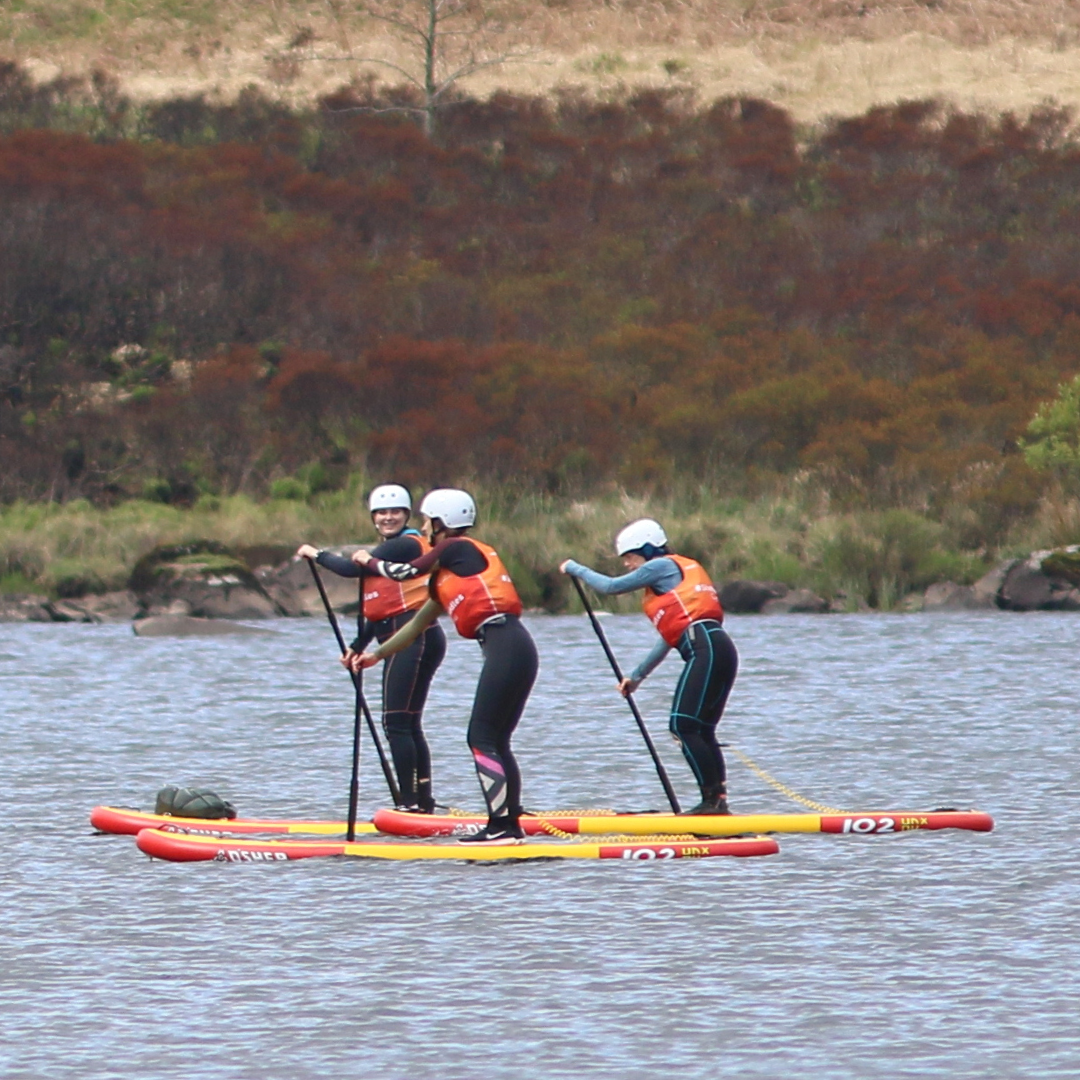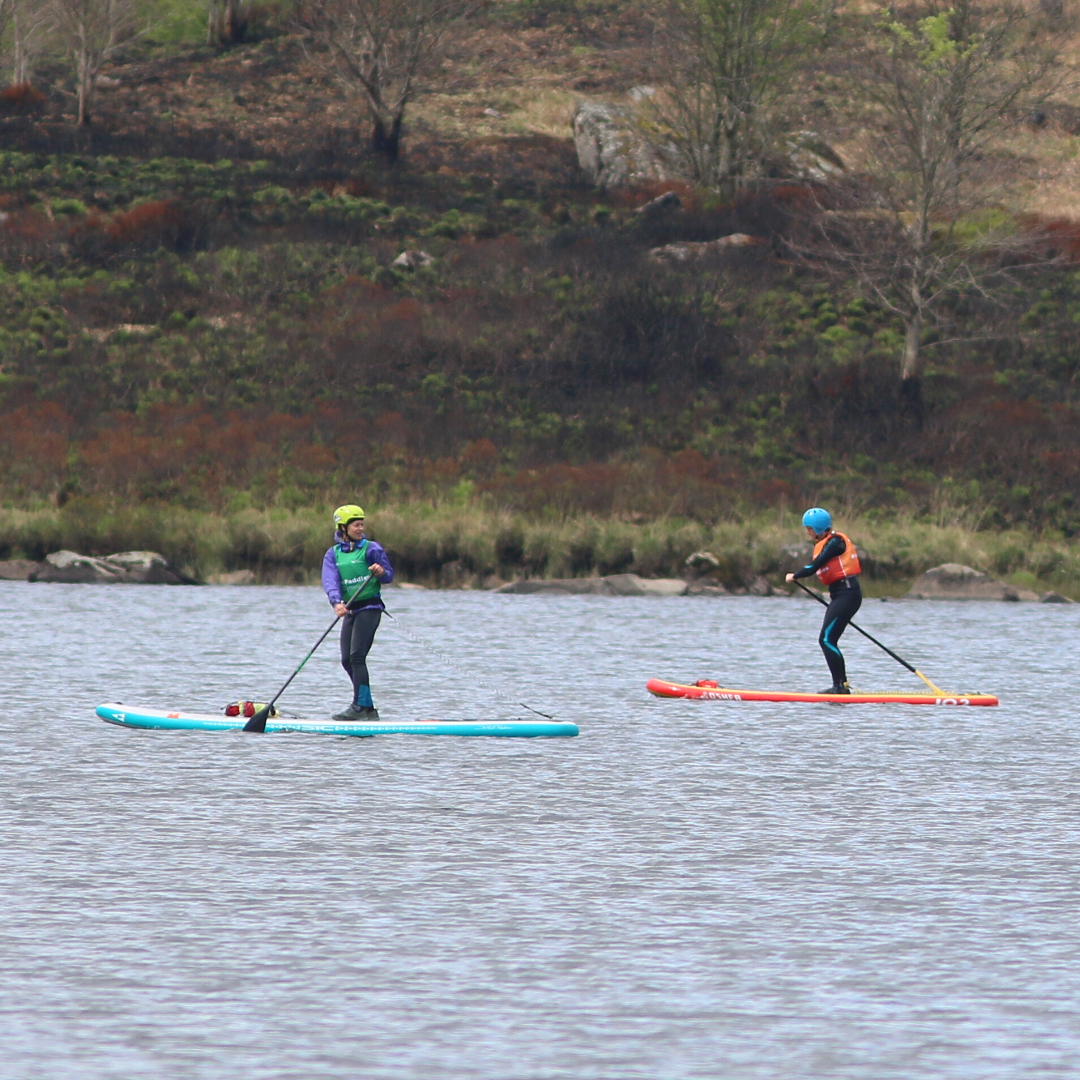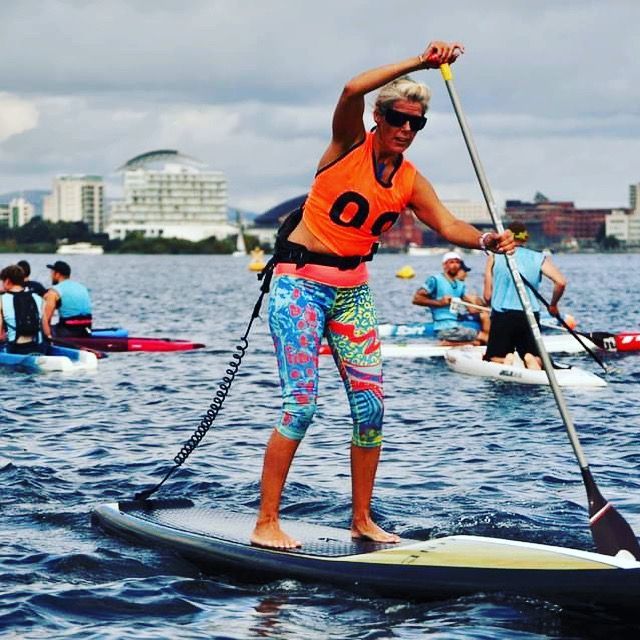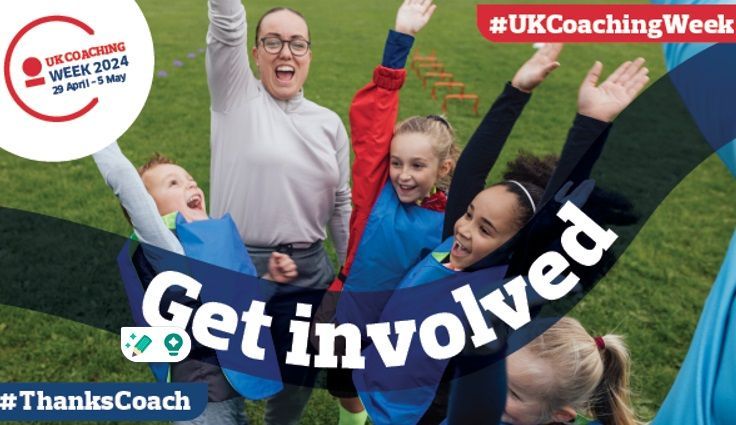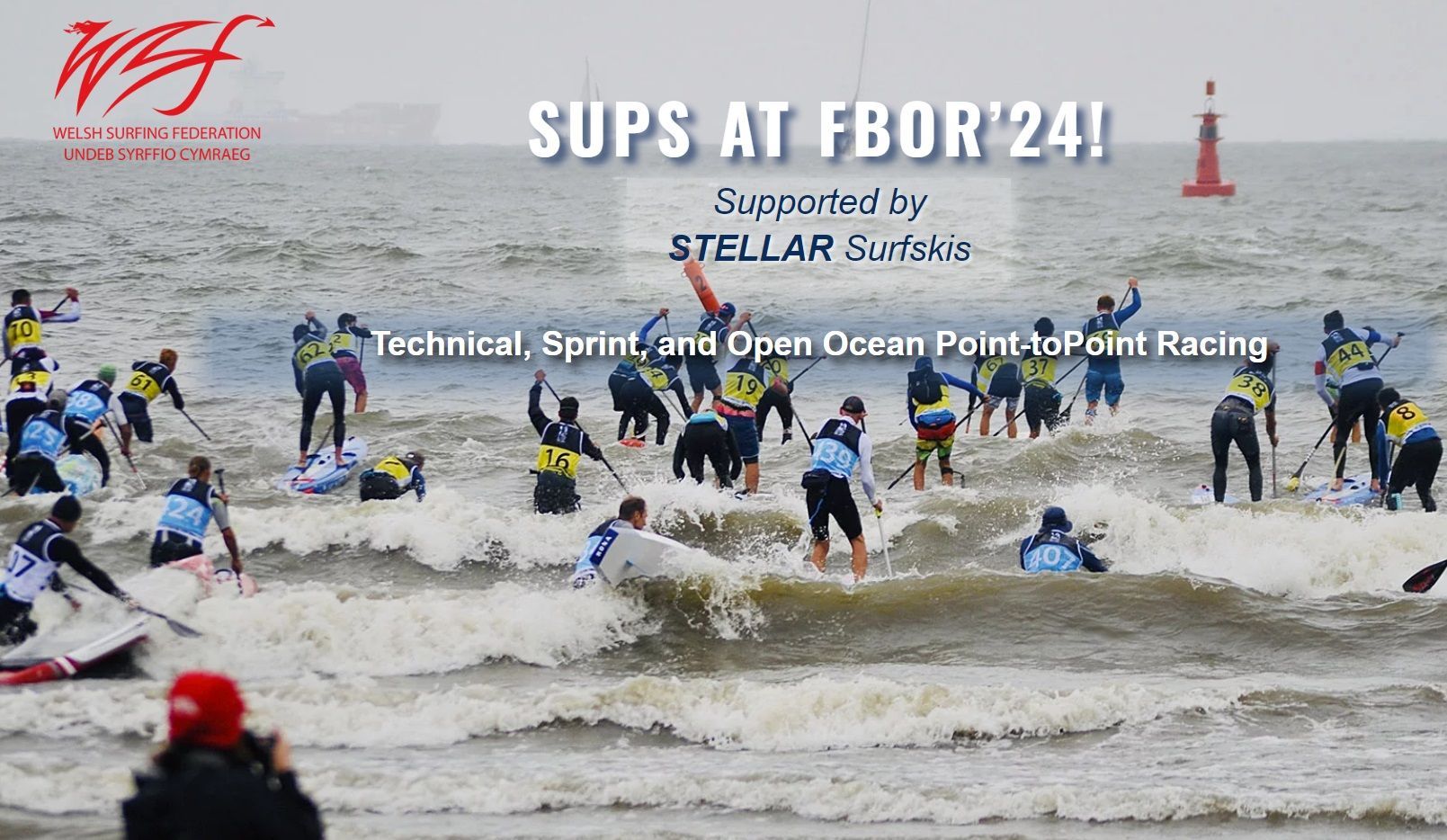Have I got the right paddleboard?
There can be a big difference between boards designed for surf, whitewater, touring, racing and yoga, so it’s essential that you have the right board for the type of paddling you want to do. And that it’s the right size for you (thickness, width and length). If you’re not sure what your board is designed for, or if it’s the right size for you, check the manufacturer’s recommendations (usually available online).
There can also be a big difference in cost, with boards ranging from £100 to £1000. Cheaper boards can be less stable and more flexible, however, you don’t need to spend a fortune to get a quality board. If it’s made by a reputable paddleboard manufacturer or you’ve bought it from a specialist watersports retailer it should be good to go! Note to Members: check out the discounts you are eligible for here.
Before you head out check the attachment points are secure e.g. leash attachment. If it’s a hard board check there are no cracks, holes or UV damage. If it’s an inflatable board check it’s rigid when pumped and has no leaks. Make sure it’s inflated to the correct PSI (usually 18–25 PSI but check the manufacturer’s recommendation).
Having the right board, fully inflated, will make your trip much easier and more enjoyable!

